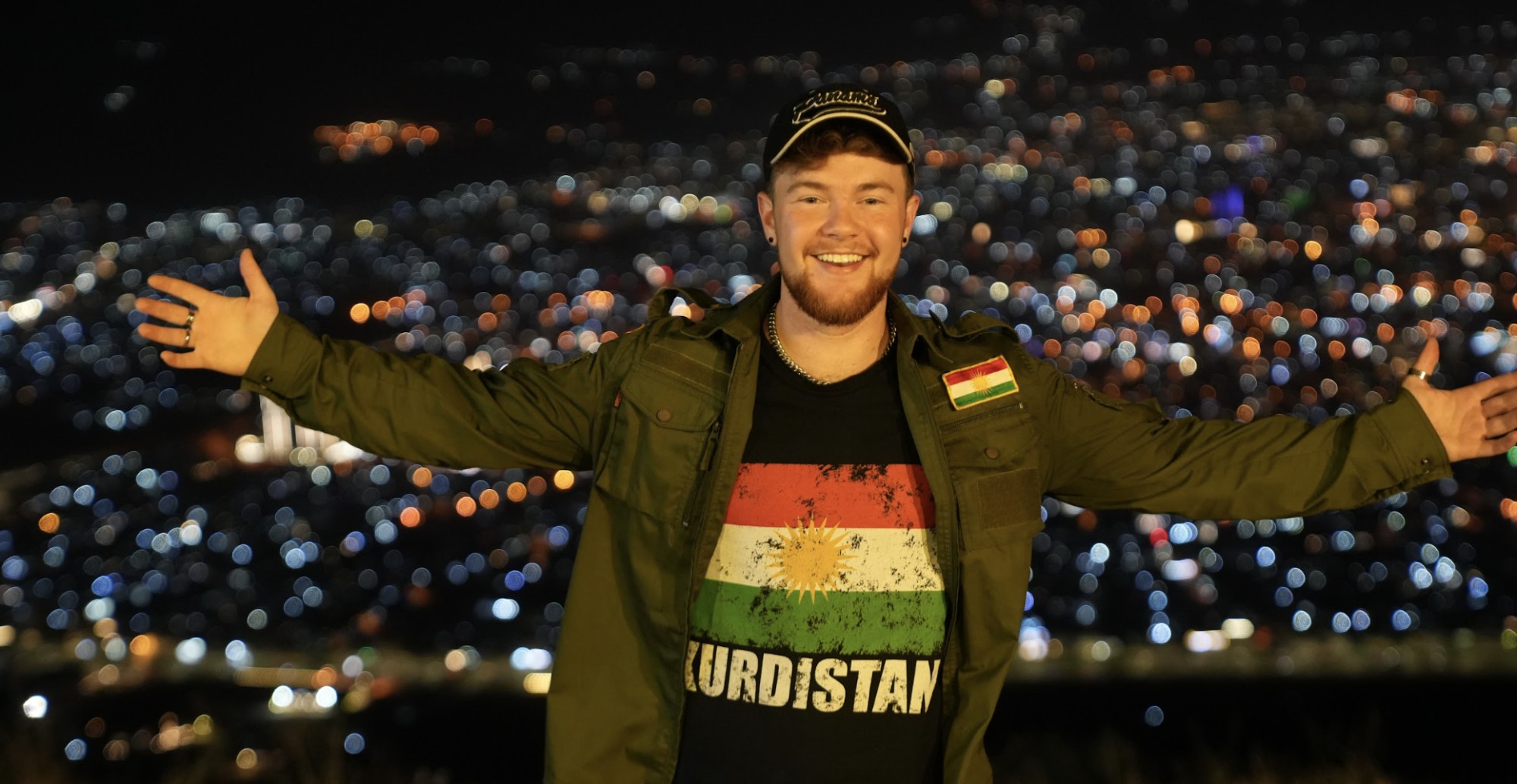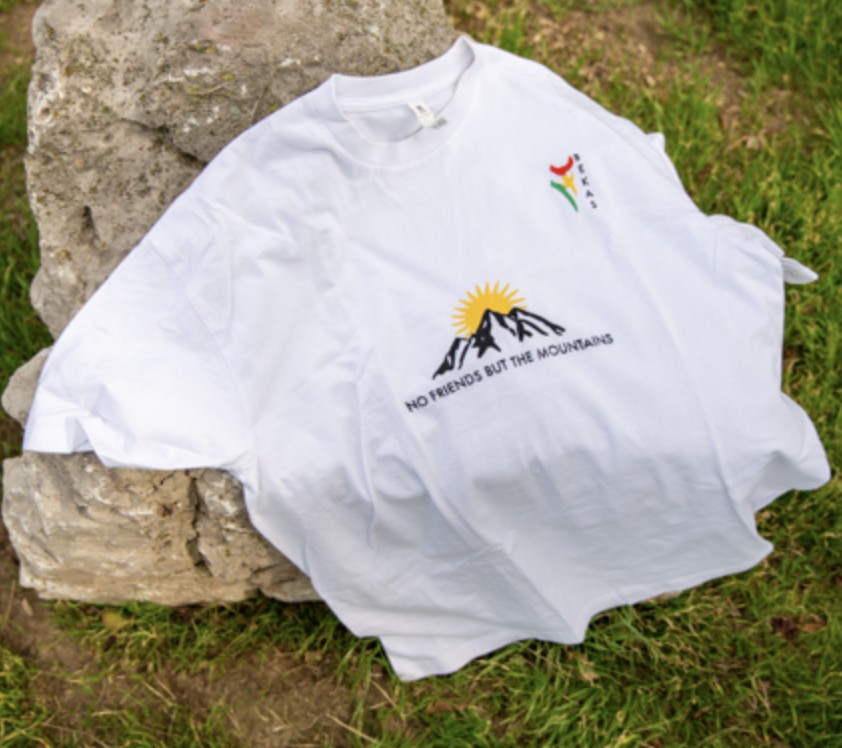As I strolled through the captivating streets of Stockholm, Sweden, my anticipation was palpable – not just to meet Kurdish intellectuals but to discover a hidden treasure from the depths of history. The journey led me to the Kurdish Exile Museum nestled in the heart of the city, which became the repository of revelations about a beverage that once graced the lips of Europe: Kurdish Coffee.
The owner of the museum, Goran Candan, warmly welcomed me, gifting a picture that would kindle my curiosity. Framed with sweetness, the image depicted a coffee package, a portal to a bygone era. The aromatic brew that once danced upon the tongues of Europeans as “Kurdish Coffee” traveled through time, drawing me into its narrative.
Approximately two centuries ago, this coffee was a sensation, adorned with its Kurdish heritage and sold across the European markets. It was a drink that whispered stories of the past, a tangible connection to history. The charm of “chicorée au Kurde,” as it was known in France from 1830 to 1930, bewitched Europe and took its rightful place in the hearts of its inhabitants.
The imagery on the package resonated with the spirit of the Kurdish people. The depicted Kurdish warrior, hailing from the 15th century, was painted by European travelers in the 17th century and revealed the roots of Kurdish coffee, a heritage intertwined with valor and tradition.
But beneath the surface of this story lies a deeper history, a saga woven with both bitterness and sweetness. “Mokka (mocha) was the most consumed drink in Bedlis, a Kurdish city in southeastern Turkey, in 1838. The people loved this drink," recounts James Brant, the British consul who served in the Kurdish city of Erzurum in Turkey in 1836-1840. Such testimonies illuminate the profound connection that coffee held within Kurdish communities, a connection that spanned centuries and cultures.
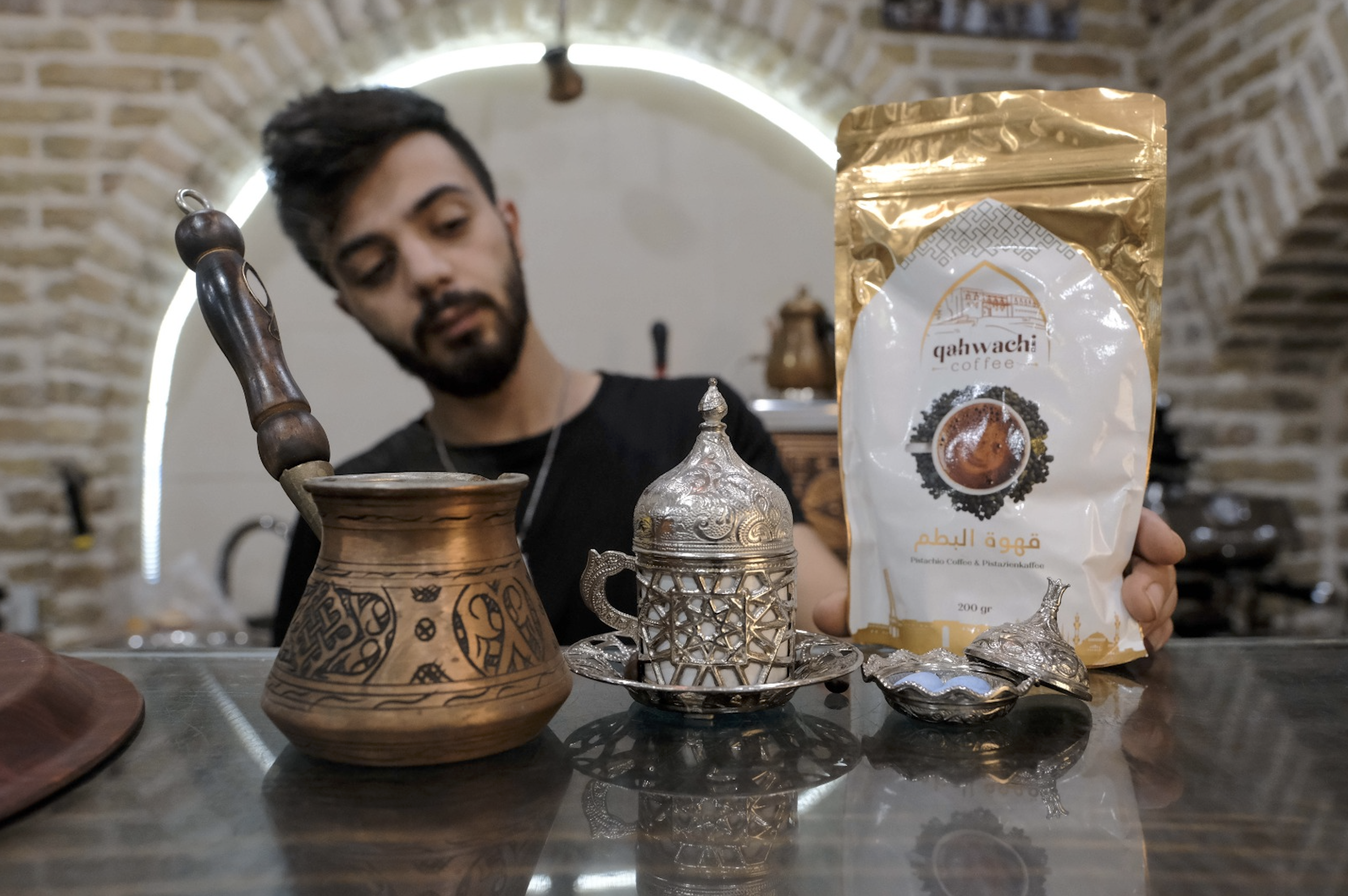
Appropriating coffee
However, as the 20th century dawned and the Turkish state emerged, a cloud of policies veiled the vibrant heritage of the Kurdish people. Denial and destruction became systematic tools, targeting not only the people but also their cultural values, traditions, and customs. The rich tapestry of the Kurds was threatened, and the intricate threads of Kurdish coffee faced unravelling.
Amidst the historical turmoil, the ‘women's coffee’ of the Kurds was unjustly renamed as the menengiç coffee of the Turks. Also known as kizwan (terebinth) coffee, the drink’s heritage is traced to the Kurdish cities of Diyarbekir, Bedlis, Adiyaman, Merdin, Riha, Erzerom, and Batman. By the 20th century, it had made its journey to European markets and was embraced by the continent's elites. This, in turn, led to its production within Europe, most notably in France, where the journey of coffee began in earnest in 1654.
However, the roots of Kurdish coffee extend even further into history, beyond the shores of Europe. The epic tale of Mem and Zin penned by Ahmed Khani in 1600 and sung through generations intertwined the custom of Kurdish coffee with the everyday language of the people. The legacy of this brew was undeniable, carried by the warriors and poets of Kurdish heritage.
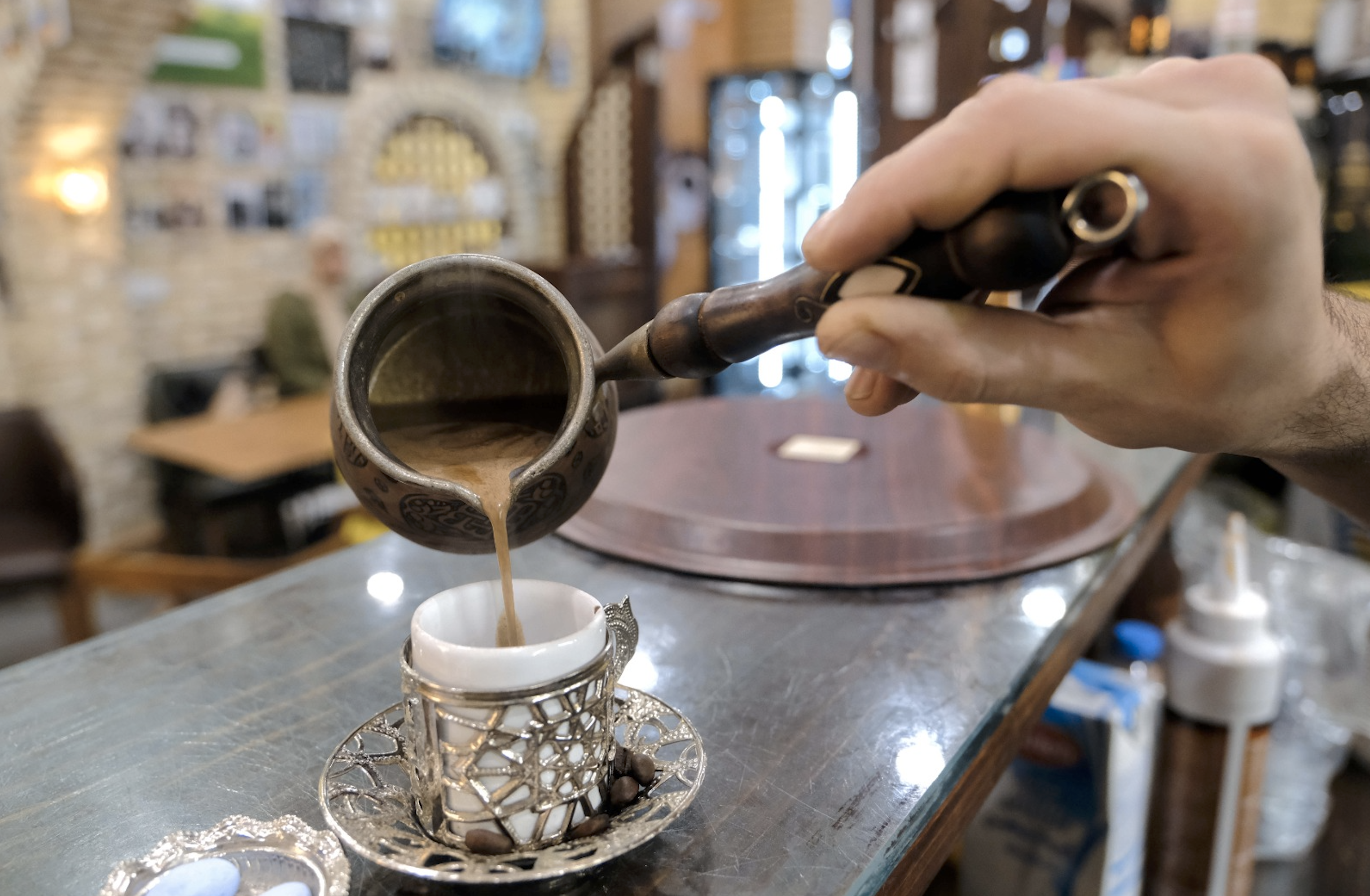
Even in the face of change, traces of Kurdish coffee-trading companies lingered, like the French company Marcel Godaro, whose packages of kizwan coffee bore the inscription “Kurdish coffee,” a testament to its origin. The brew was more than a beverage; it was a mark of identity.
Yet, history took an unexpected turn. Following the establishment of the Republic of Turkey, the identity of Kurdish coffee was unjustly stripped away, rebranded as Türk kahvesi (Turkish coffee). This renaming was an act of cultural appropriation that denied the Kurds the rightful ownership of their cultural legacy. The poignant truth was that Kurdish coffee had existed for a millennium, interwoven within the fabric of Kurdish songs, stories, manuscripts, and poems that echoed through centuries.
Presently, the Kurdish people are rekindling their connection with their coffee-drinking heritage, cultivating coffee from the kizwan tree. In 2013, however, the very coffee that held a central role in Kurdish culture was inscribed in UNESCO’s Representative List of Intangible Cultural Heritage as an element of Turkish culture. This injustice serves as a poignant reminder that while the essence of the brew has remained unaltered, the story surrounding it has been manipulated.
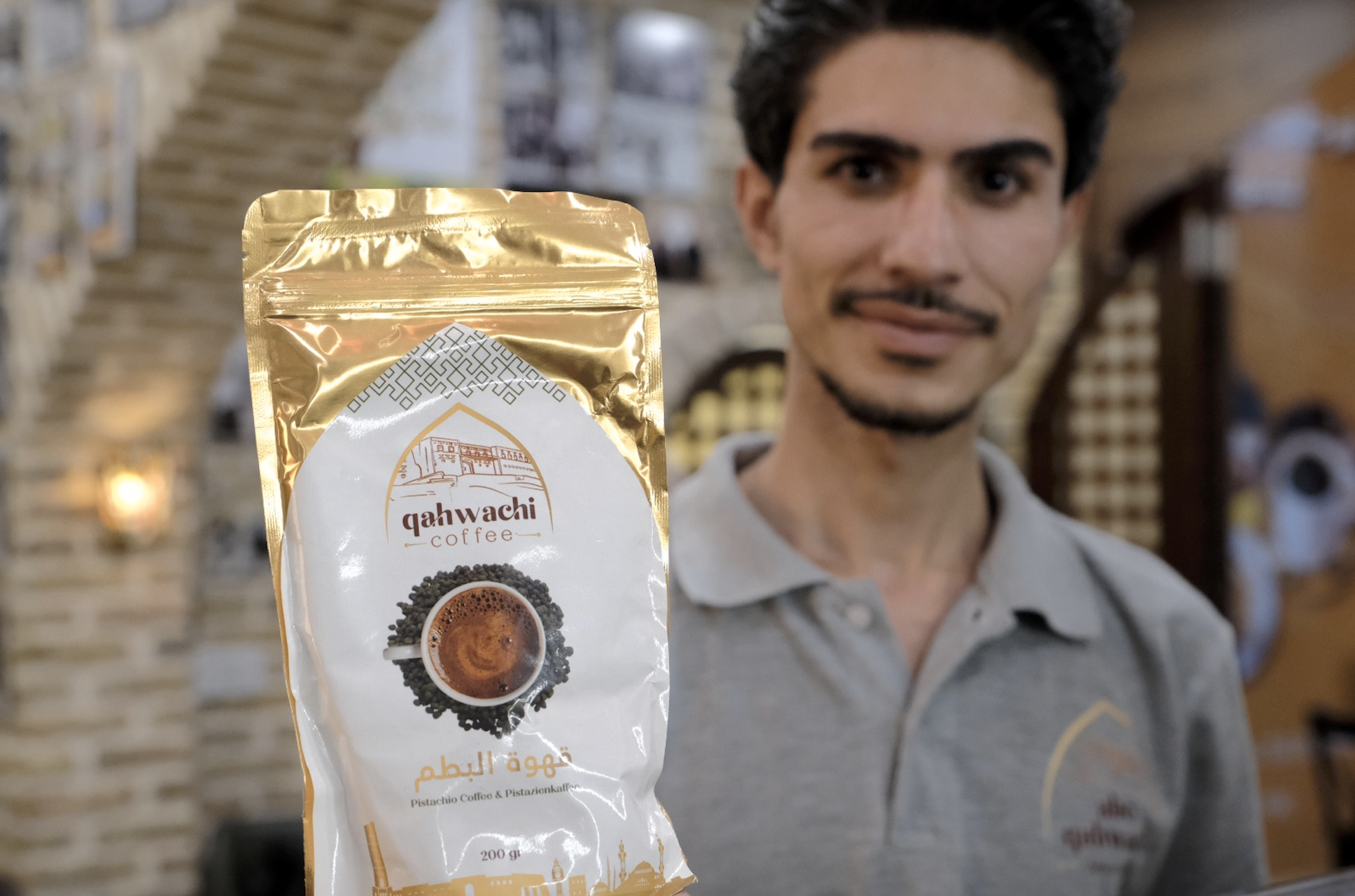
From Kurdistan with coffee
Goran Candan, a native of the city of Diyarbakır – known as Amed in Kurdish – shared insights into both the art of coffee and Kurdish music. His passion echoed through the stories he told, bridging the gap between past and present, culture and coffee.
The Kurdish Exile Museum in Stockholm is a testament to resilience, curated over decades by Candan with the support of Kurdish writers and intellectuals. This repository holds over a thousand historical artifacts, each narrating a piece of the Kurdish tale. It stands as a living link to the past, fostering a bridge between generations.
As the scent of history lingered in the air, I reflected on the profound journey that led me to this moment. The untold saga of Kurdish coffee whispered to me, an intimate secret revealed against the backdrop of a museum that dared to preserve the essence of a people.
Kurdish coffee, once embraced by Europe and nurtured by centuries of tradition, was unjustly robbed of its name. In the hushed tones of a forgotten label, in the brave strokes of a warrior's portrait, and in the revival of kizwan coffee, the story of a people emerges – resilient, proud, and deserving of recognition.
But the history of Kurdish coffee is not just a tale of European enchantment. It is also one of intimate rituals and distinct flavors. Allow me to take you back to the heart of Kurdistan, where coffee transcends taste and becomes a means of communication.
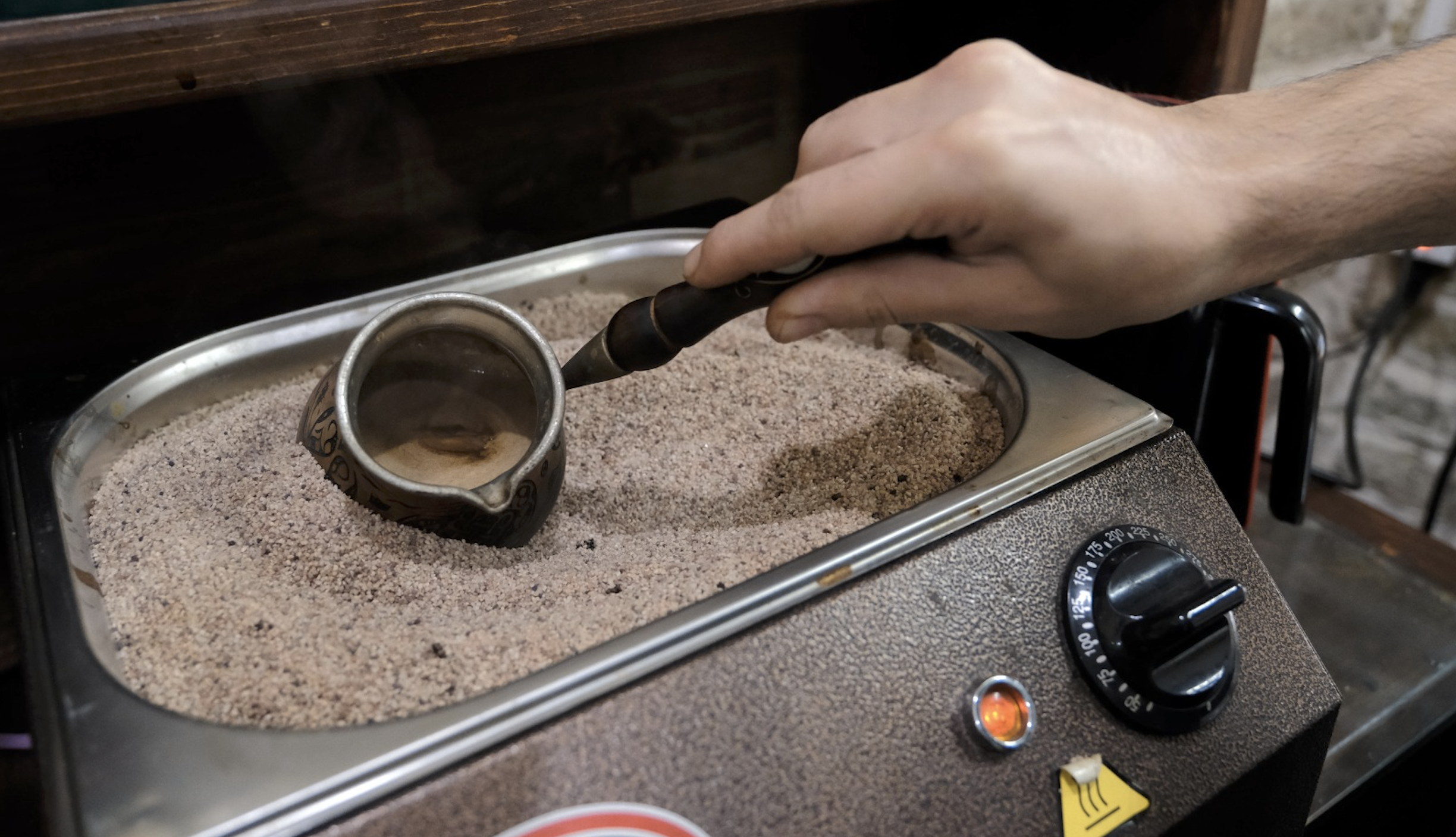
Kurdish coffee had its own romantic code, a way for potential lovers to communicate their feelings without uttering a word. In the olden days, in Kurdistan, when marriages were arranged, coffee became a method to transmit secret messages. If a young woman wished to express her fondness for a suitor, she would prepare his coffee with sugar, infusing it with the sweetness of her sentiments. However, if her heart remained untouched, a dash of salt would find its way into the brew, gently communicating her lack of interest.
Moreover, the tale of coffee extends to the embrace of nature's bounty. In the 1960s, the inhabitants of Mardin embarked on a journey, returning with Brazilian coffee. Comparisons arose between the Brazilian brew, affectionately known as "berü" or berry, and the ancestral Kurdish coffee. The villagers marveled at the uncanny resemblance, drawing a link between the two worlds bridged by the humble coffee bean.
As I savored these historical nuances, the story of the label spoke even louder. On this label, a hand-drawn image encapsulated the essence of time – between 1850 and 1930 in France – when the coffee carried the label of a Kurdish warrior, a timeless emblem of courage. It was this warrior who embodied the spirit of a drink brewed with valor and served with legacy.
Even as the world sips on Türk kahvesi, let us remember that history holds a name untold – Kurdish coffee. As the aroma of freshly brewed coffee intertwines with the winds of change, the story of a people, their resilience, and their heritage lives on, as timeless as the echoes of a warrior's footsteps.
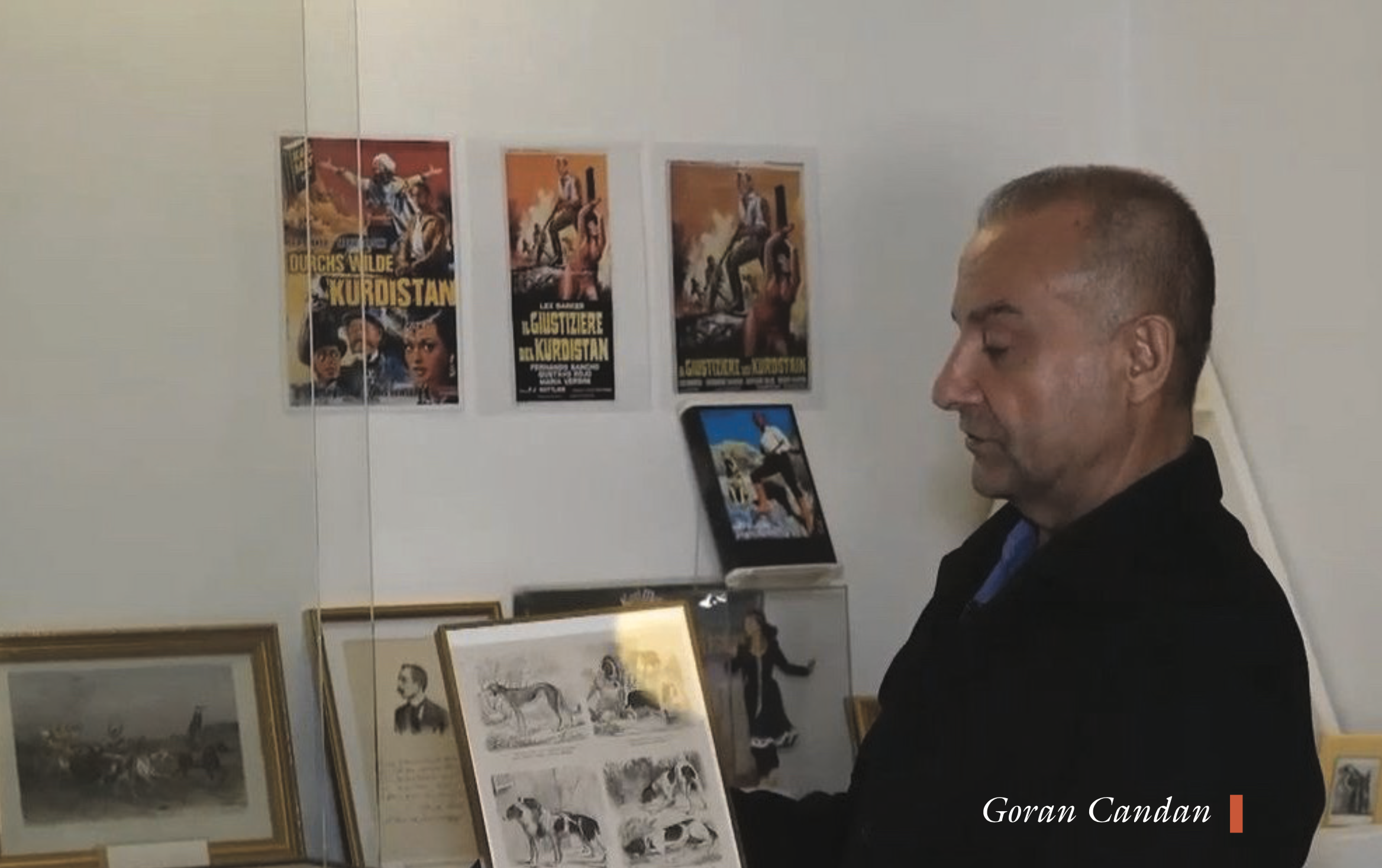
Keremo is a renowned authority in the realm of Kurdish theatre, hailing from Diyarbakir, Türkiye. His extensive body of work comprises 23 published books in Kurdish, and he has also produced 18 captivating documentaries covering a wide array of cultural endeavors.
